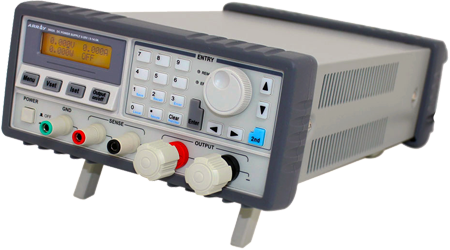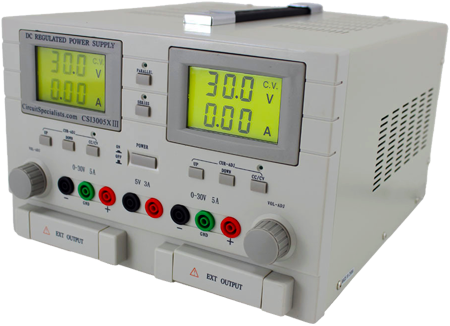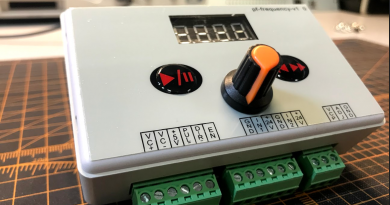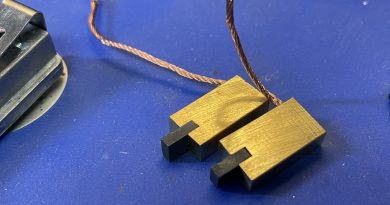Power Supply Design: Switch-Mode vs. Linear
DC power supplies are available in either switch-mode (also called switching) or linear designs. While both types supply DC power, the method used to produce this power is different. Depending on the application, each type of power supply has advantages over the other one. Let’s look at the differences between these two technologies as well as each design’s respective advantages and disadvantages.
A switch-mode power supply converts the AC line power directly into a DC voltage without a transformer, and this raw DC voltage is then converted into a higher frequency AC signal, which is used in the regulator circuit to produce the desired voltage and current. This results in a much smaller, lighter transformer for raising or lowering the voltage than what would be necessary at an AC line frequency of 60 Hz. These smaller transformers are also considerably more efficient than 60 Hz transformers, so the power conversion ratio is higher.
A linear power supply design applies the AC line voltage to a power transformer to raise or lower the voltage before being applied to the regulator circuitry. Since the size of the transformer is indirectly proportional to the frequency of operation, this results in a larger, heavier power supply.
Each type of power supply operation has its own set of advantages and disadvantages. A switch-mode power supply is as much as 80% smaller and lighter than a corresponding linear power supply, but it generates high-frequency noise that can interfere with sensitive electronic equipment. Unlike linear power supplies, switch-mode power supplies are able to withstand small losses of AC power in the range of 10-20 ms without affecting the outputs.
A linear power supply requires larger semiconductor devices to regulate the output voltage and therefore generates more heat, resulting in lower energy efficiency. A linear power supply normally operates around 60% efficiency for 24V outputs, whereas a switch-mode power supply operates at 80% or more. Linear power supplies have transient response times up to 100 times faster than their switch-mode counterparts, which is important in certain specialized areas.
In general, a switch-mode power supply is best suited for portable equipment, since it is lighter and more compact. Because the electrical noise is lower and easier to contain, a linear power supply is better suited for powering sensitive analog circuity.
Switch-Mode Power Supplies
Starting at $27.95

Compact, lightweight, and efficient. Shop now >
Linear Power Supplies
Starting at $49.00

Low ripple and noise and high reliability. Shop now >

